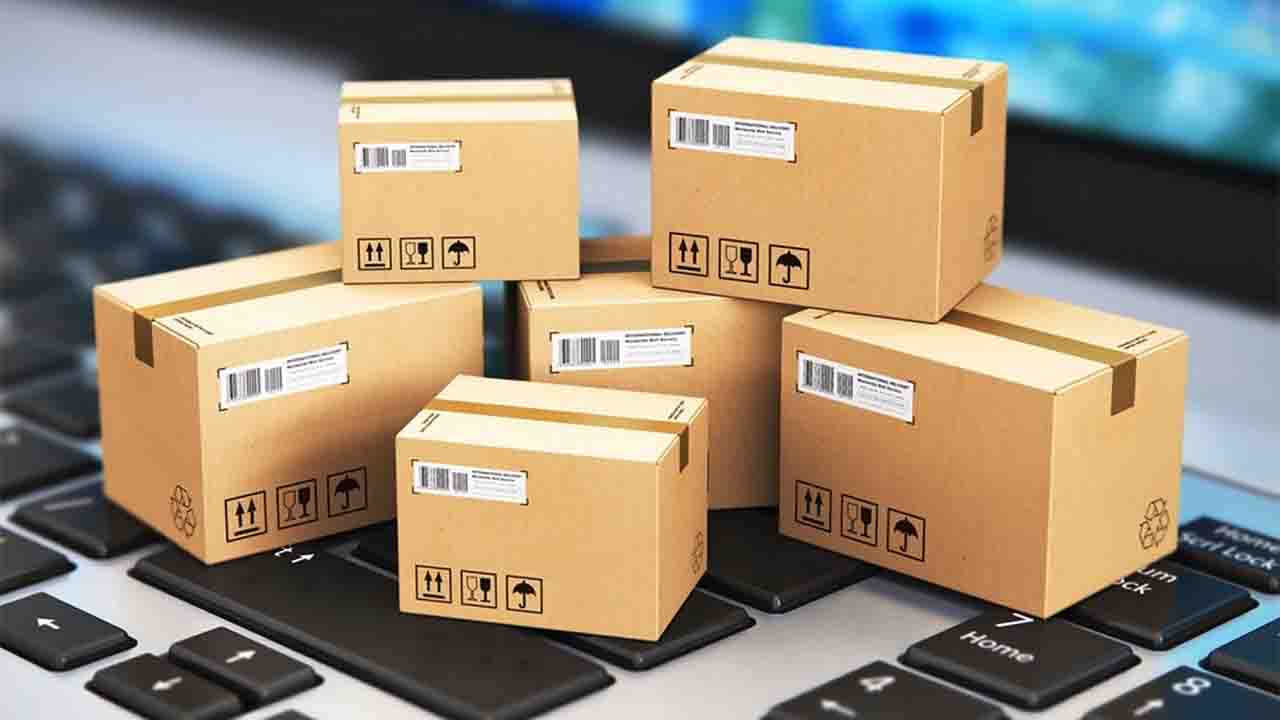(Commonwealth) _ India is a vast country with a large and complex logistics system. Efficient transportation and distribution of goods are critical for economic growth, trade, and development. The logistics industry contributes about 14% to India’s Gross Domestic Product (GDP) and is expected to grow further with the rapid expansion of e-commerce and manufacturing sectors. However, India’s logistics system faces several challenges such as poor infrastructure, fragmented supply chain, inadequate technology, and regulatory barriers. Hence, there is an urgent need to revamp the logistics sector and find the best path for running India’s logistics system.
The ideal track for running India’s logistics system should focus on four key areas: infrastructure development, supply chain integration, technology adoption, and regulatory reform. India’s logistics system is hampered by poor infrastructure, especially in the transportation sector. Road and rail networks, ports, airports, and warehouses need significant investments and upgrades to improve connectivity, speed, and efficiency. For example, building dedicated freight corridors, expressways, and intermodal terminals can reduce transit times, congestion, and costs. Similarly, enhancing port capacities, improving last-mile connectivity, and modernizing warehouses can boost trade and logistics activities. The government’s ambitious National Infrastructure Pipeline (NIP) aims to invest over Rs 111 lakh crore in infrastructure projects, including logistics, over the next five years. However, the NIP must be implemented swiftly and efficiently, with adequate private sector participation and innovative financing models, to realize its full potential.
A disjointed and disorganized supply chain, with several intermediates, paperwork, and manual processes, plagues India’s logistics sector as well. This has an impact on the competitiveness of Indian enterprises by causing delays, mistakes, and excessive transaction costs. Hence, there is a need to integrate the supply chain by creating a seamless and digital ecosystem that connects all stakeholders, including manufacturers, shippers, carriers, intermediaries, regulators, and consumers. This can be achieved through the adoption of standardized protocols, digital platforms, and data analytics. For example, implementing the Goods and Services Tax (GST) and e-way bill systems has already reduced the number of checkpoints and paperwork for interstate transportation. Similarly, creating a National Logistics Data Bank (NLDB) that tracks cargo movement, real-time visibility, and predictive analytics can enable better planning, coordination, and decision-making.
India’s logistics system is also lagging in technology adoption, with many players still relying on manual processes and outdated systems. However, the rapid advances in digital technologies such as the Internet of Things (IoT), Artificial Intelligence (AI), Robotics, and Blockchain offer enormous opportunities to transform the logistics industry. For example, using IoT sensors and GPS devices can provide real-time tracking of vehicles, containers, and cargo, enabling better route optimization, security, and risk management. Similarly, using AI algorithms and predictive analytics can forecast demand, optimize inventory, and reduce waste. Robotics and automation can also enhance warehouse operations, reduce labor costs, and improve safety. Hence, there is a need to incentivize and support the adoption of these technologies, especially among small and medium-sized enterprises (SMEs), which form the bulk of the logistics sector.
In conclusion, running India’s logistics system requires a holistic and integrated approach that addresses the key challenges of infrastructure, supply chain, technology, and regulation. The government, private sector, and civil society must work together to create a favorable ecosystem that fosters innovation, efficiency, and sustainability. The logistics sector has the potential to create millions of jobs, enhance trade, and drive economic growth, but it requires a long-term vision and concerted efforts to realize its full potential. The ideal track for running India’s logistics system should prioritize investments in infrastructure, supply chain integration, technology adoption, and regulatory reform, while also promoting environmental sustainability and social inclusion. By following this path, India can build a world-class logistics system that enables businesses to thrive and improves the quality of life for all its citizens.








